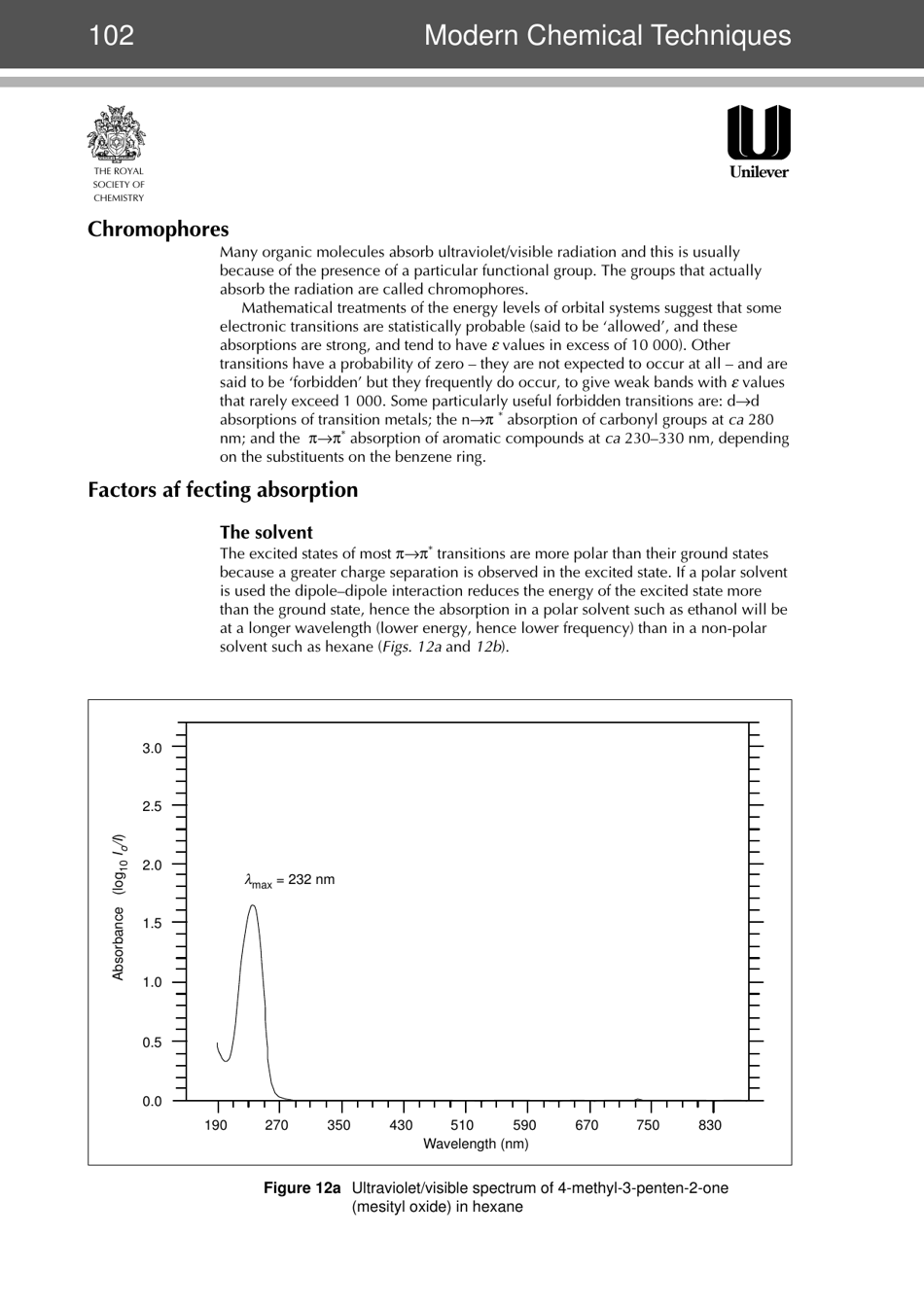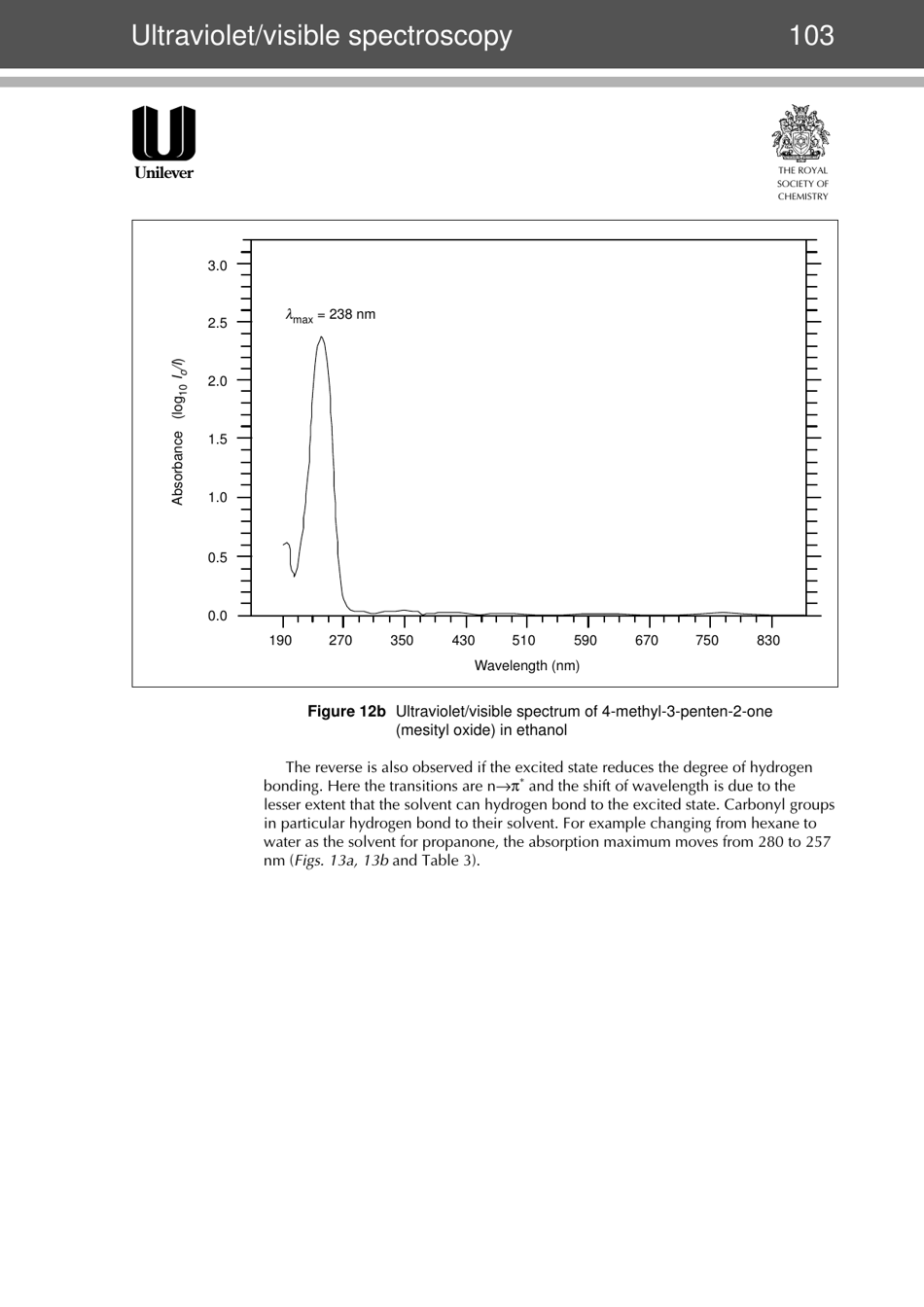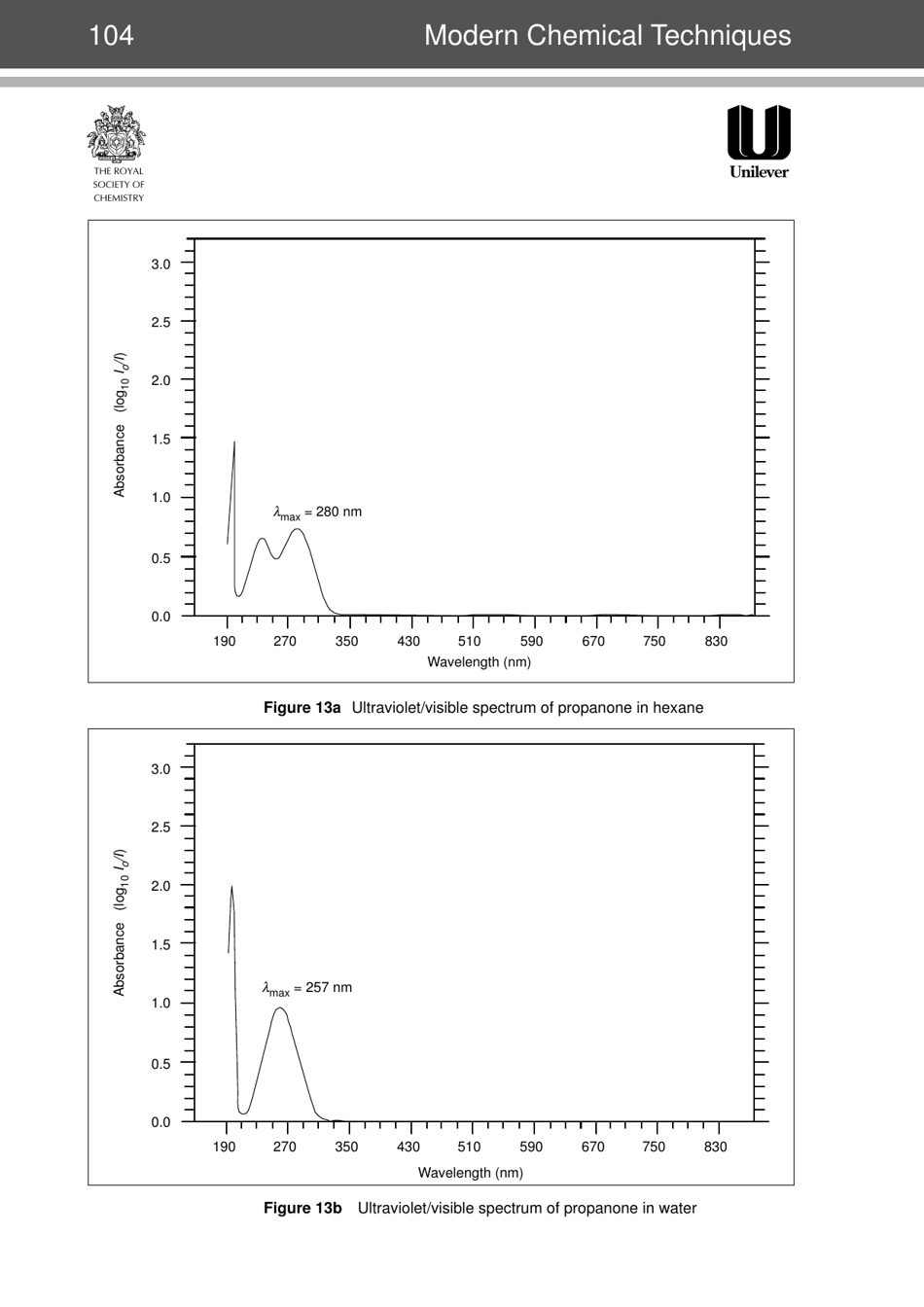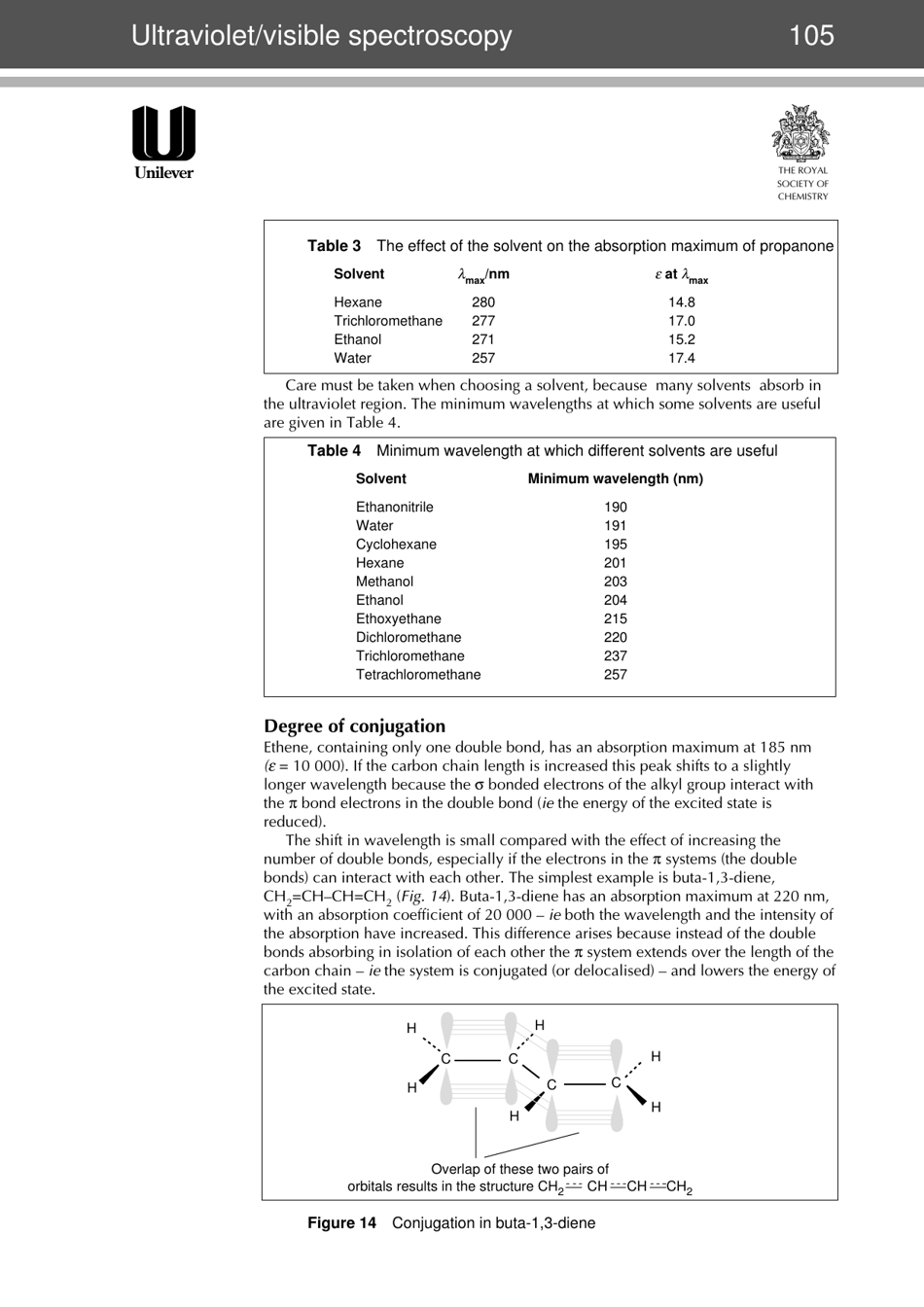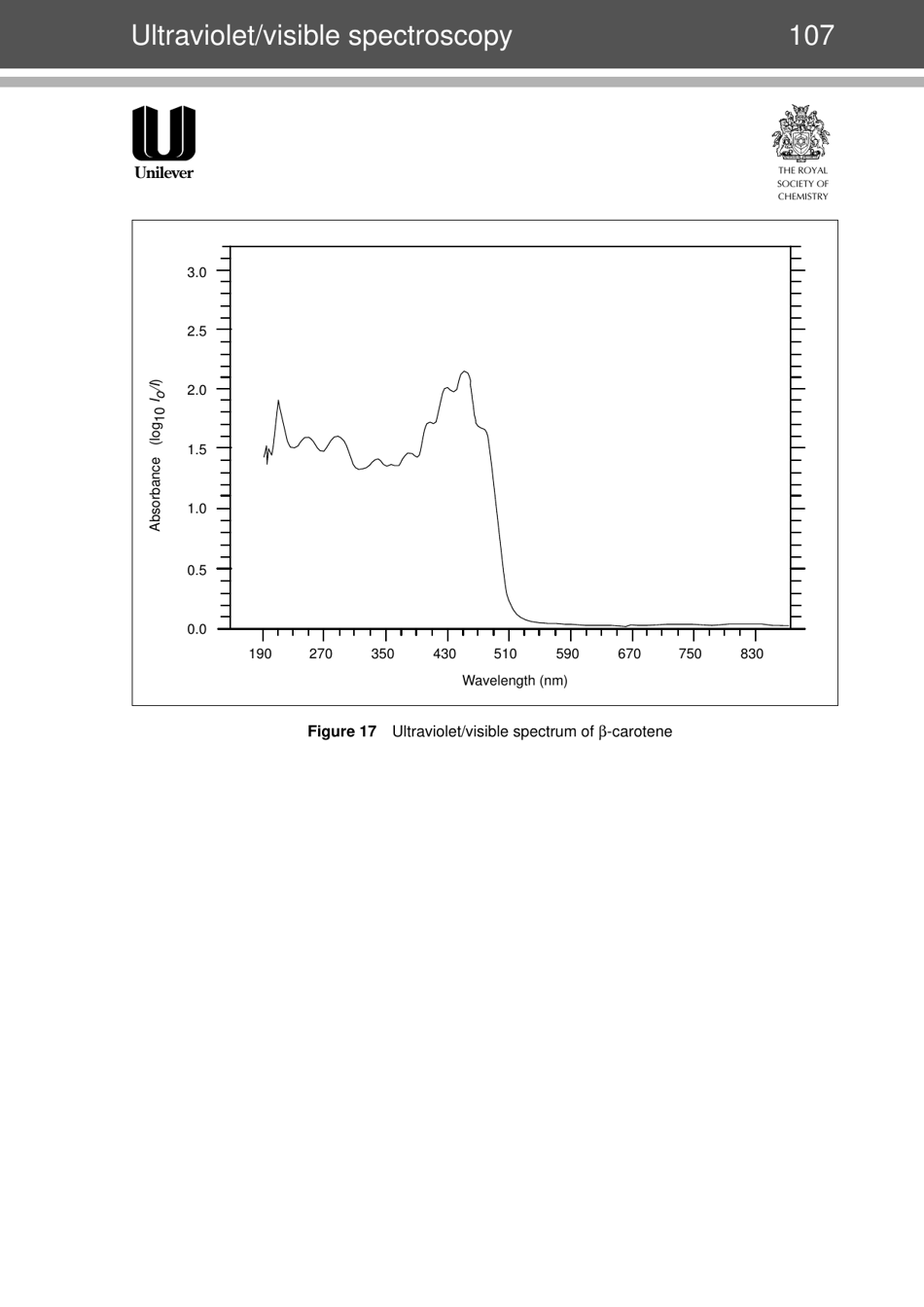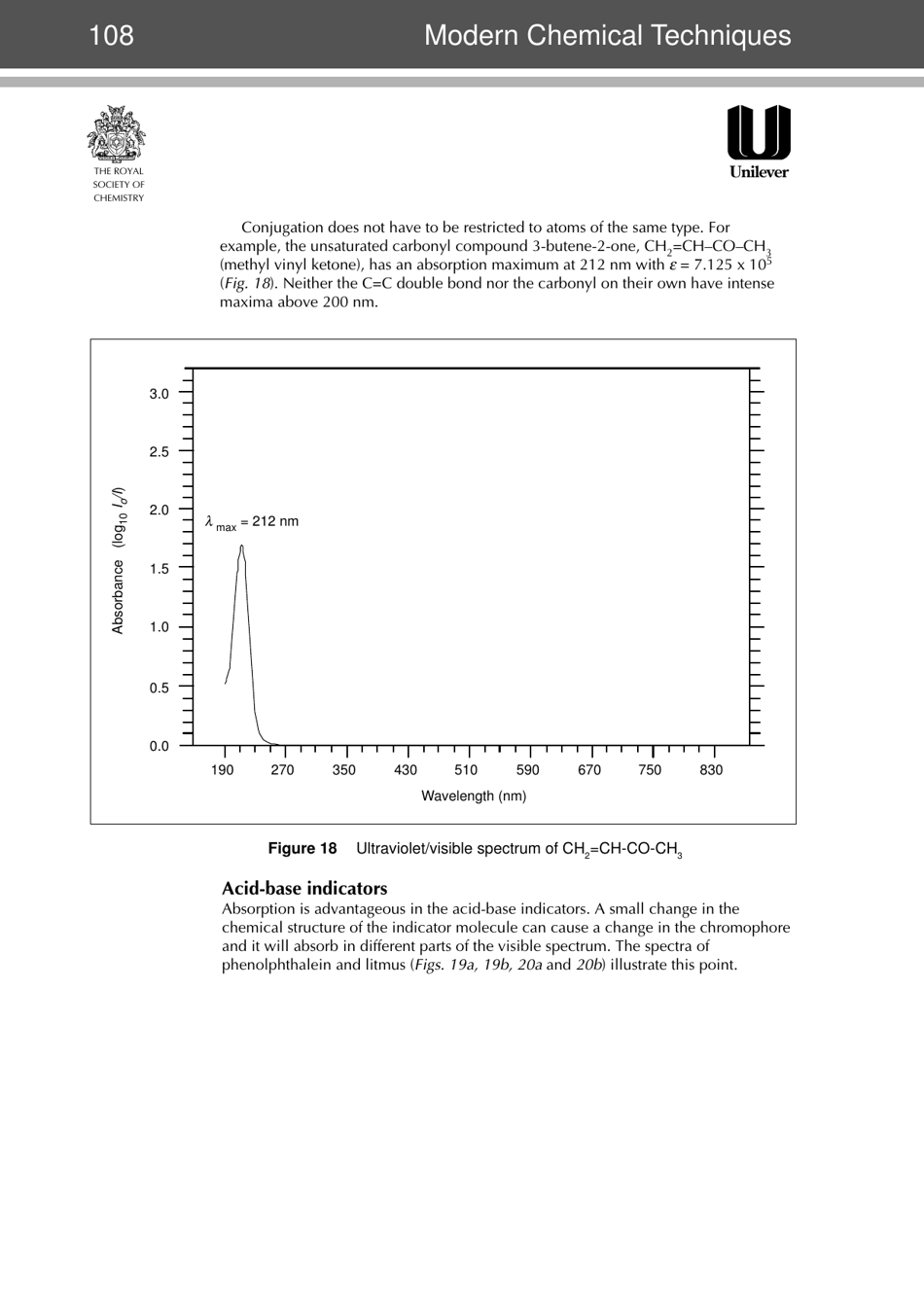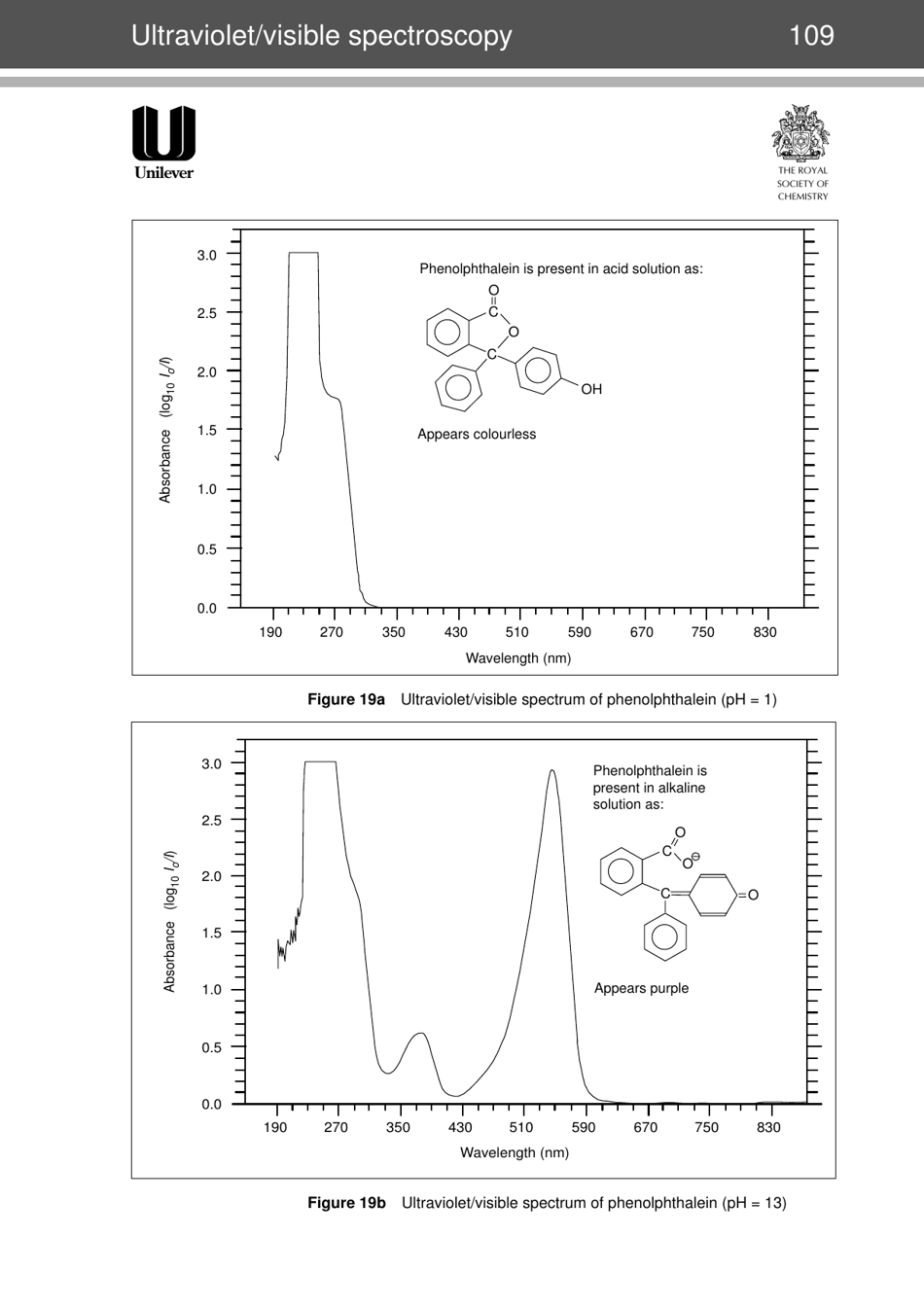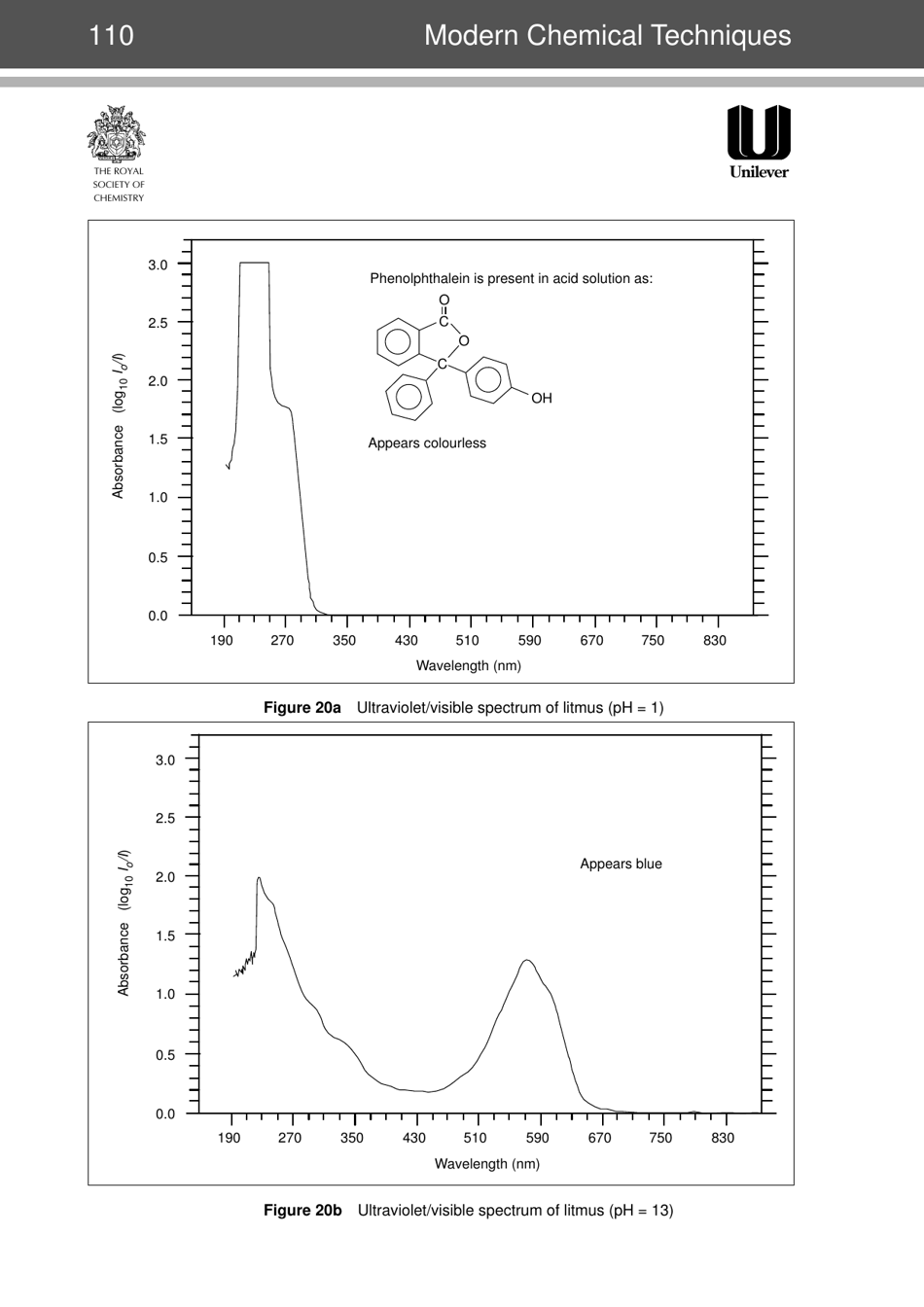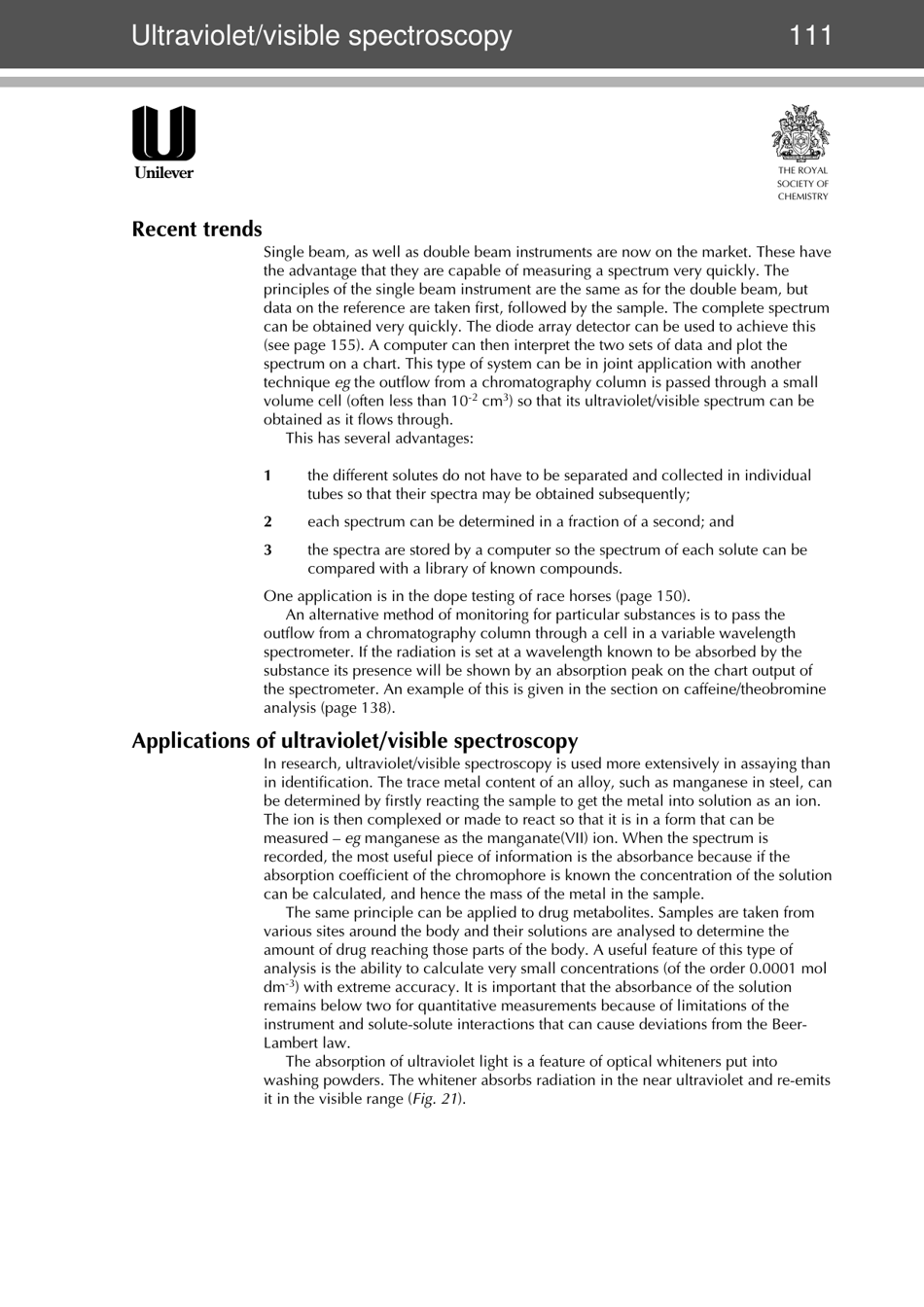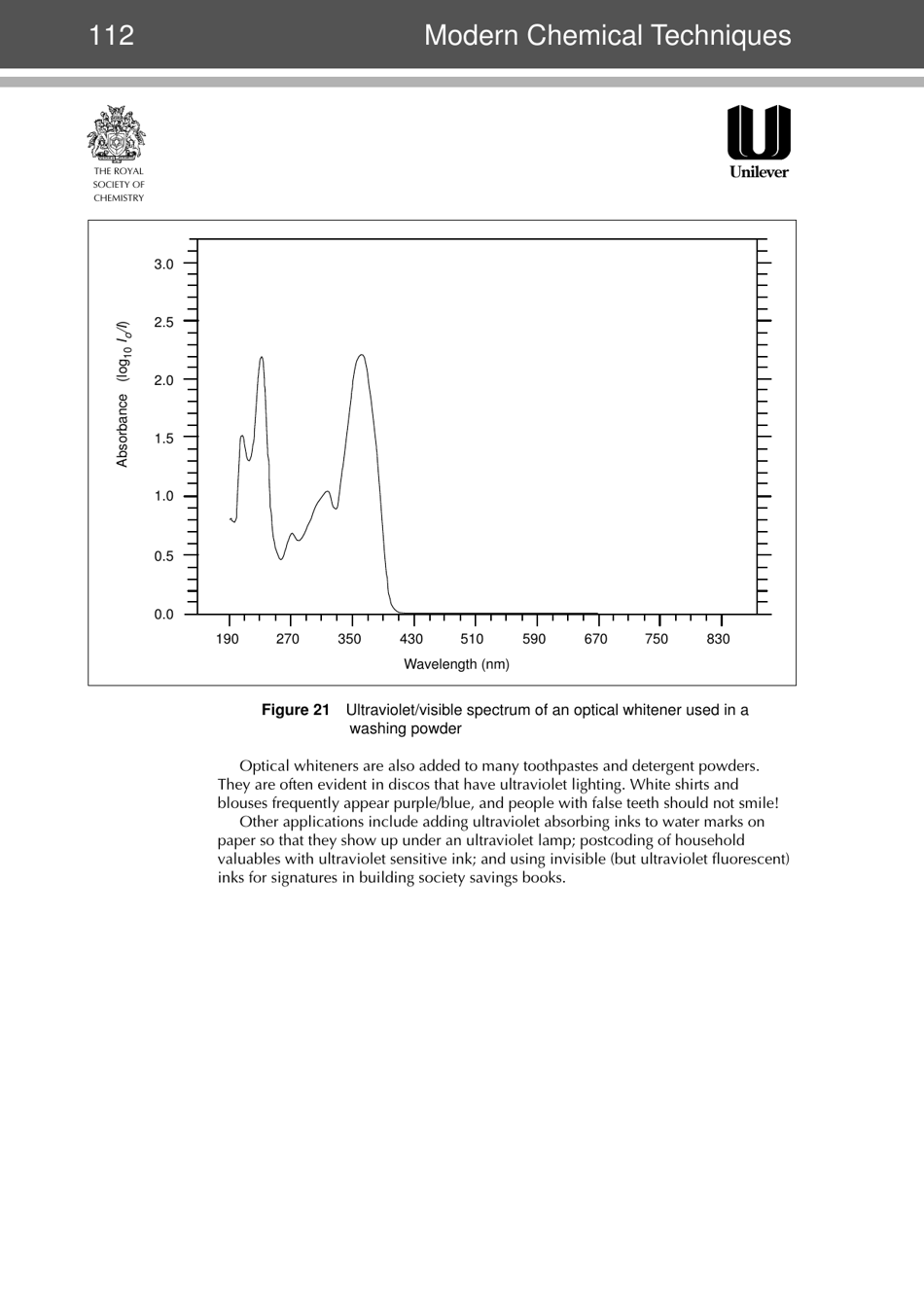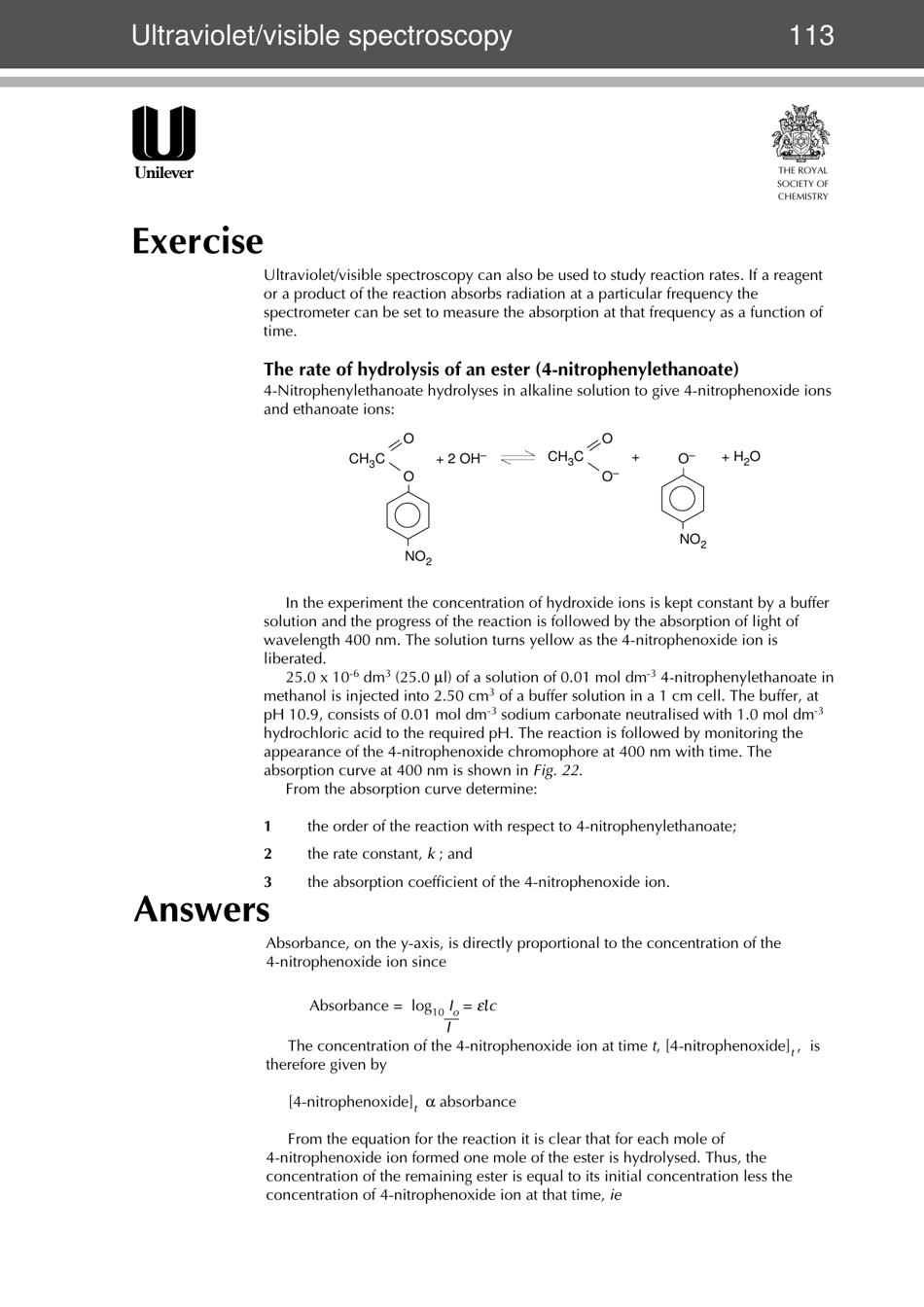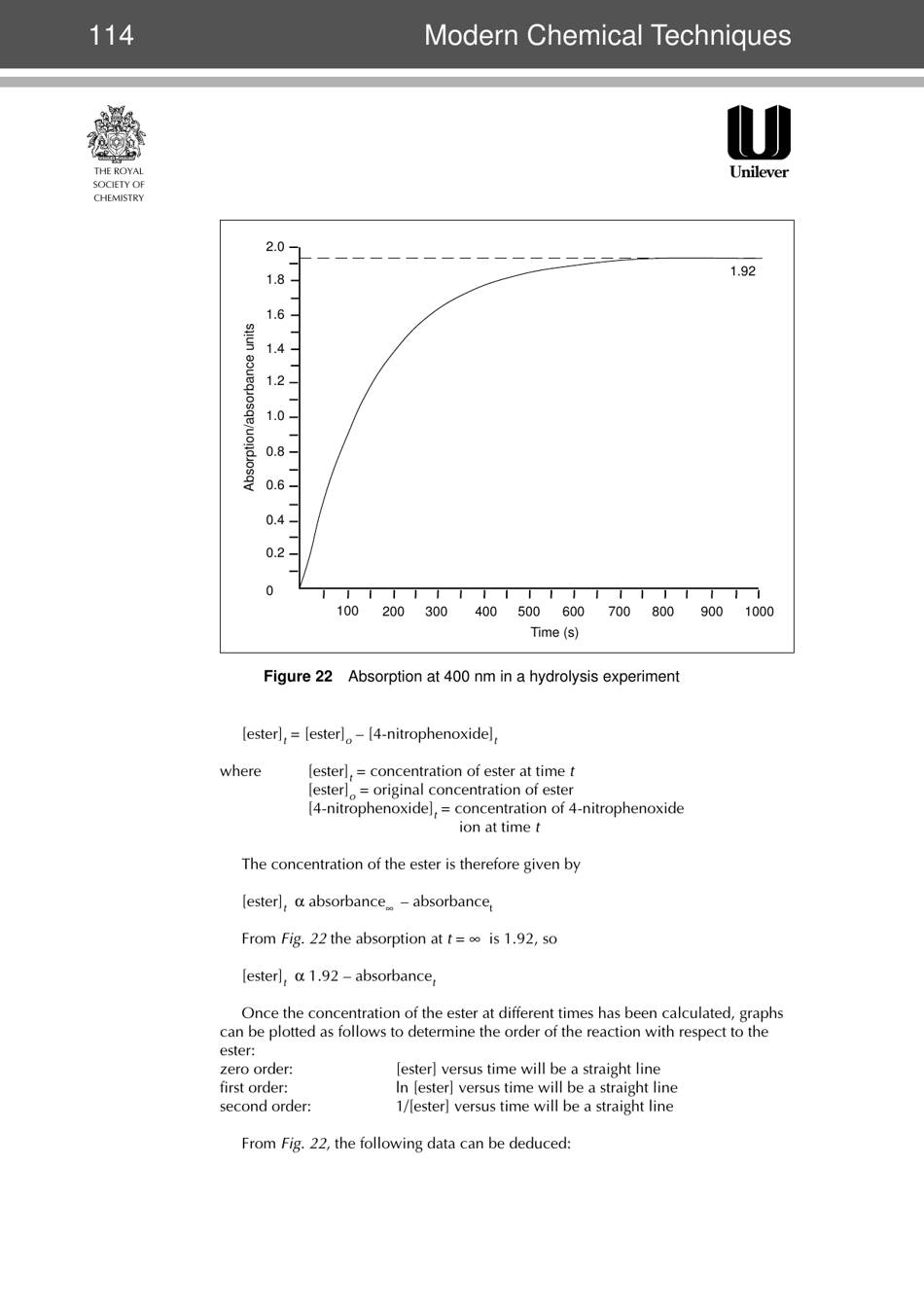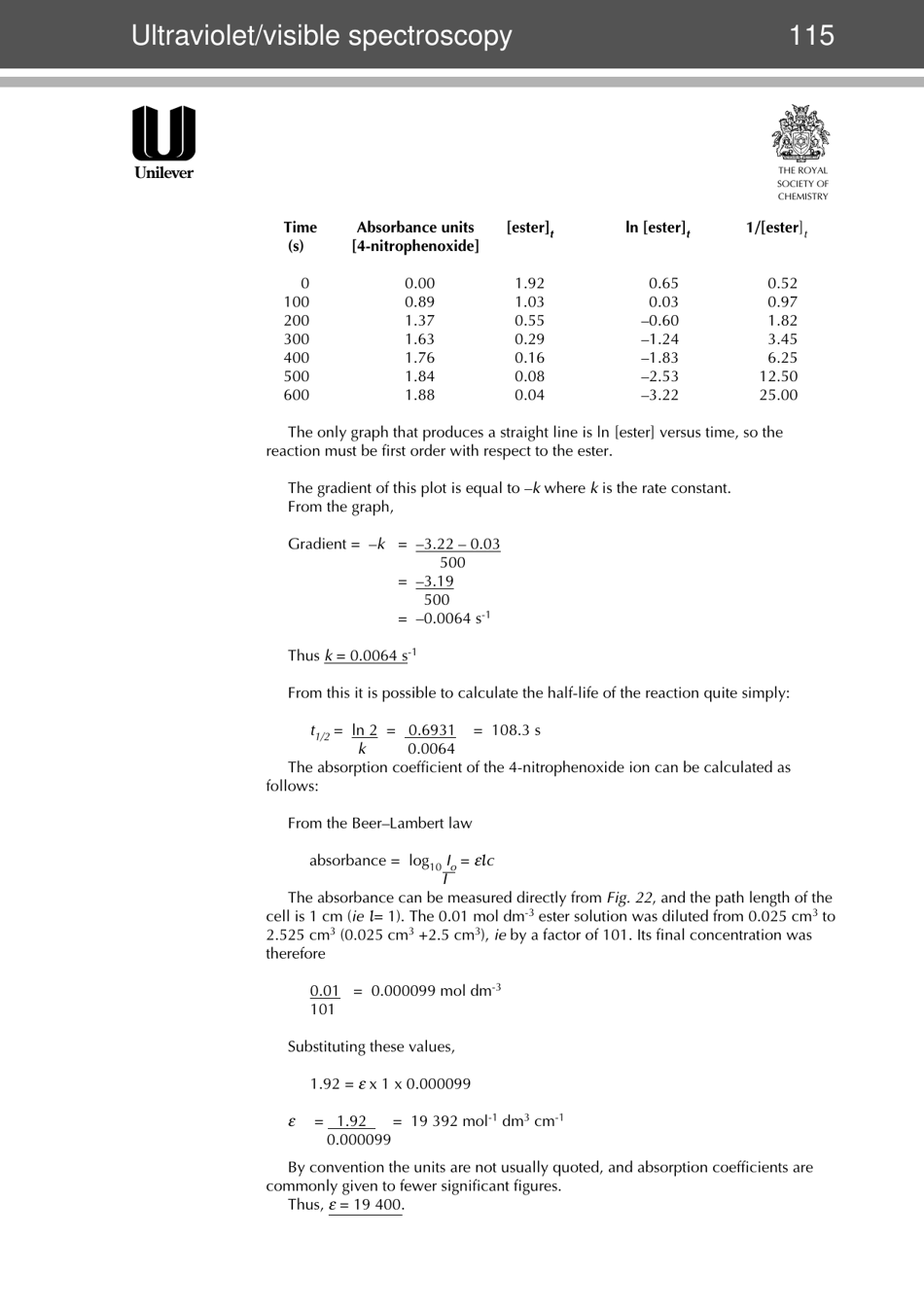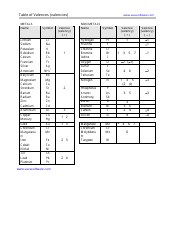Modern Chemical Techniques: Ultraviolet / Visible Spectroscopy
Modern Chemical Techniques: Ultraviolet/Visible Spectroscopy is used for analyzing and identifying chemical substances based on their absorption or reflection of ultraviolet and visible light. It is commonly used in various industries, like pharmaceuticals, environmental monitoring, and materials science, for chemical analysis and quality control purposes.
The modern chemical techniques of Ultraviolet/Visible Spectroscopy are filed by scientific researchers and experts in the field of chemistry. There is no specific entity or organization that files these techniques.
FAQ
Q: What is ultraviolet/visible spectroscopy?
A: Ultraviolet/visible spectroscopy is a technique that uses light in the ultraviolet and visible range to analyze the absorption and transmission of light by a sample.
Q: How does ultraviolet/visible spectroscopy work?
A: Ultraviolet/visible spectroscopy works by passing light through a sample and measuring the intensity of the light that is absorbed or transmitted by the sample.
Q: What can ultraviolet/visible spectroscopy be used for?
A: Ultraviolet/visible spectroscopy can be used for various applications, including determining the concentration of a compound in a solution, identifying unknown substances, and studying the electronic structure of molecules.
Q: What is the range of wavelengths used in ultraviolet/visible spectroscopy?
A: Ultraviolet/visible spectroscopy covers a range of wavelengths from about 200 to 800 nanometers (nm).
Q: What are some advantages of ultraviolet/visible spectroscopy?
A: Some advantages of ultraviolet/visible spectroscopy include its wide range of applications, non-destructive nature, and ability to provide quantitative data.
Q: What are some limitations of ultraviolet/visible spectroscopy?
A: Some limitations of ultraviolet/visible spectroscopy include its dependence on the presence of chromophores, sensitivity to impurities, and inability to provide detailed structural information.
Q: Is ultraviolet/visible spectroscopy commonly used in scientific research?
A: Yes, ultraviolet/visible spectroscopy is a commonly used technique in scientific research, particularly in fields such as chemistry, biochemistry, and materials science.
Q: Can ultraviolet/visible spectroscopy be used in drug analysis?
A: Yes, ultraviolet/visible spectroscopy is often used in drug analysis to determine the concentration and purity of drugs.
Q: Is ultraviolet/visible spectroscopy limited to liquid samples?
A: No, ultraviolet/visible spectroscopy can be used with solid, liquid, and gas samples, although liquid samples are the most common.
Q: What are some other spectroscopic techniques?
A: Some other spectroscopic techniques include infrared spectroscopy, nuclear magnetic resonance (NMR) spectroscopy, and mass spectrometry.



































